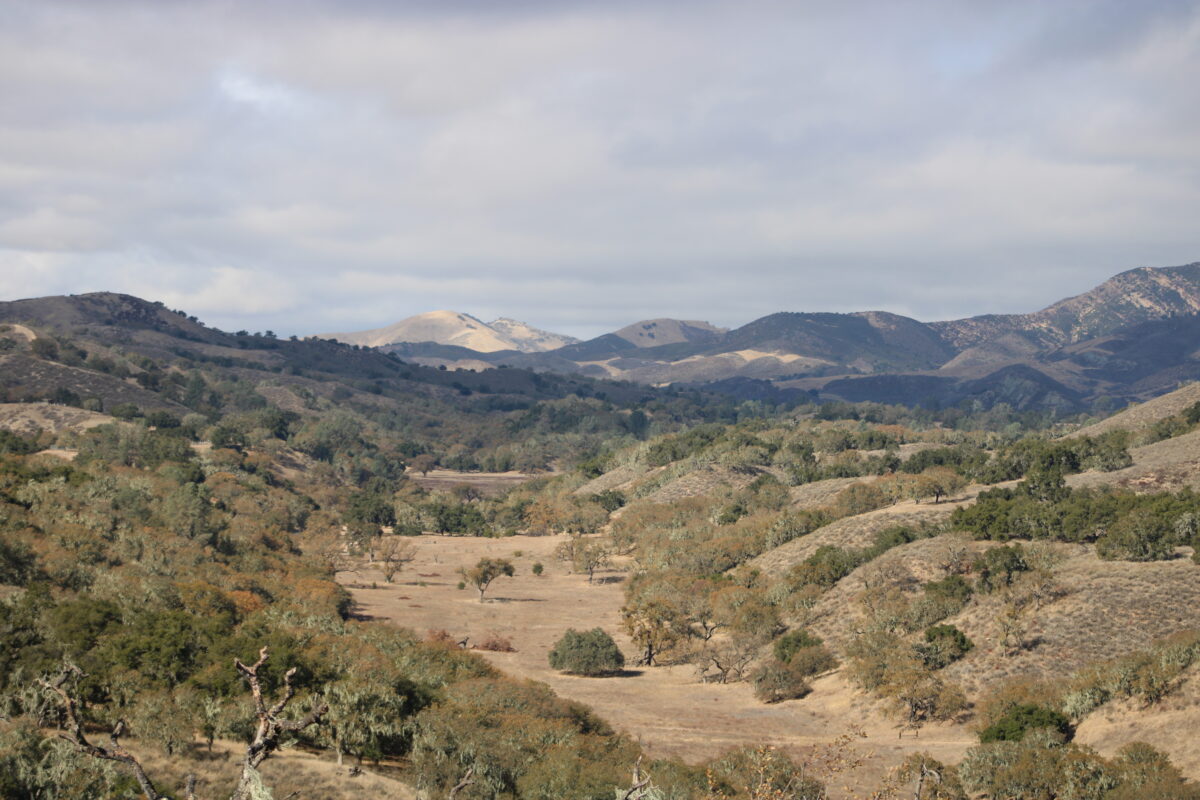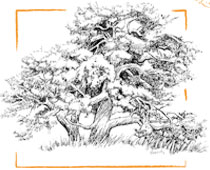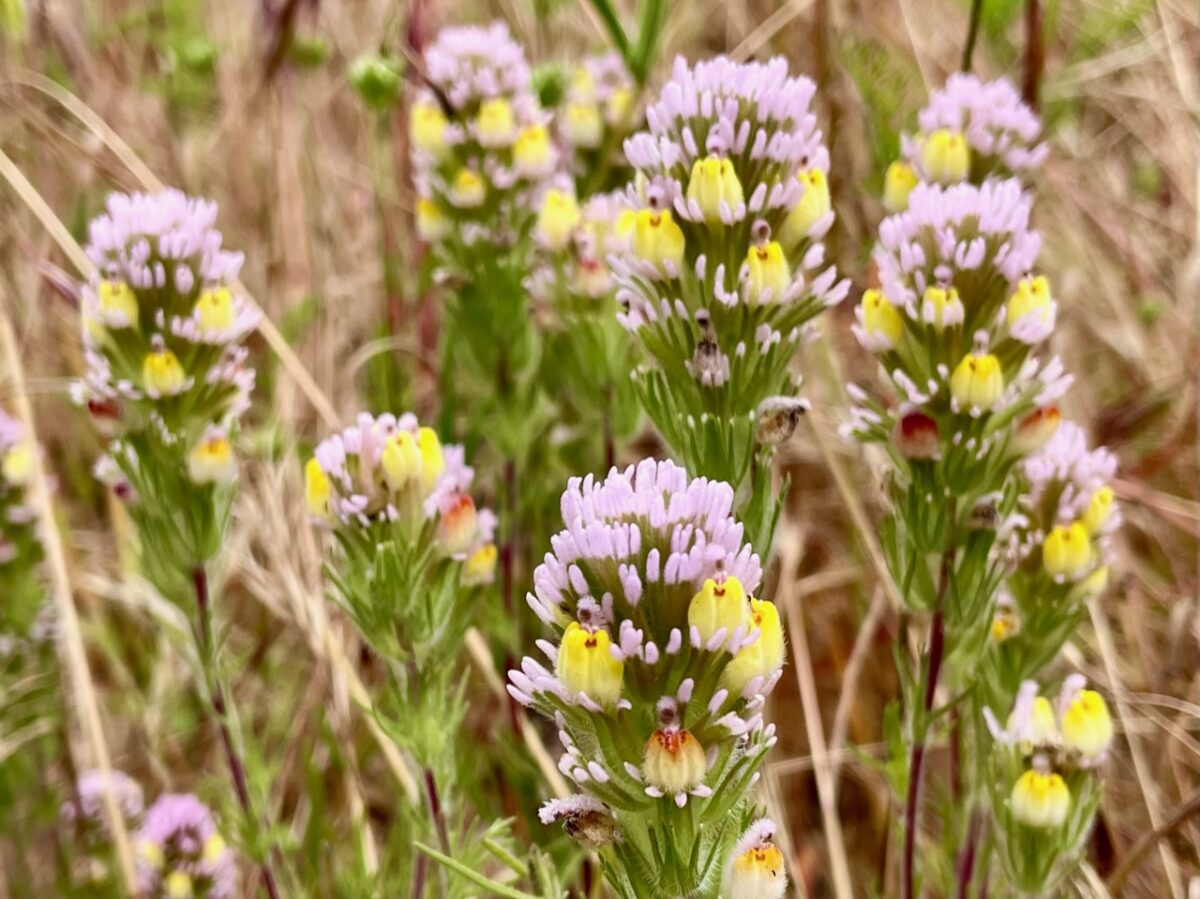Sedgwick Reserve contains multitudes: Blue oak woodlands, the trees dripping with lace lichen glistening in the sun, coastal sage scrub and its array of aromatic plants, valley oak savannas providing an ancient familiarity to us, grasslands with native bunchgrasses holding out in small islands amidst exotic annual grasses, gray pine woodlands, the rocky slopes they sit on home to many of the reserve’s charismatic megafauna. The beauty and mystery of Sedgwick Reserve awaits scientists, students, and visitors alike.
iNaturalist
Contribute to the Sedgwick Biodiversity project on iNaturalist.

Fauna 
Geology 
Weather
Weather
You can access any weather station in the UCNRS System by accessing Dendra Science. Data from Sedgwick weather station closest to the field station is available here.
You can also access weather station data through the La Kretz Resources page.
Flora
Vegetation on the Reserve represents a rare collection of the region’s most prized plant communities: coastal sage scrub, native grassland, chaparral, coast live and blue oak woodland, valley oak savannah, riparian habitat, gray pine forest, serpentine vegetation, vernal habitat, and agricultural cultivation.
The Sedgwick Reserve Herbarium is housed onsite in the Tipton Meeting House. It contains 660 vouchered specimens representing 310 taxa collected on the reserve. For access, please contact Reserve staff.
Each specimen in the onsite Sedgwick Herbarium is also duplicated in the herbarium at the UCSB Cheadle Center for Biodiversity and Ecological Restoration; a number are included in the Consortium of California Herbaria database.
National Phenology Network (NPN)
Fauna
Sedgwick is home to a great diversity of wildlife. Larger mammals (many caught on camera at water troughs via hidden cameras) include the American black bear, mountain lion, coyote, grey fox, mule deer and badger. Smaller mammals, such as ground squirrels, big-eared woodrats and shrews are also numerous, as are reptiles (including rattlesnakes!)
Birding enthusiasts enjoy dozens of species, from the soaring golden eagles and red-tailed hawks to the noisy acorn woodpeckers and the numerous waterbirds at The Pond. And don’t forget the often overlooked but certainly important insect and spider communities, whether gall wasps, harvester ants or tarantulas.
Reptiles and Amphibians of Sedgwick Reserve
Birds of Sedgwick Reserve
Mammals of Sedgwick Reserve
Sedgwick Beetle Inventory
Moths – Grinter SCAN database of Sedgwick Lepidoptera (800 records, 178 identified species)
Other Research Resources
National Phenology Network (NPN)
UCSB NRS GitHub repository for research code


